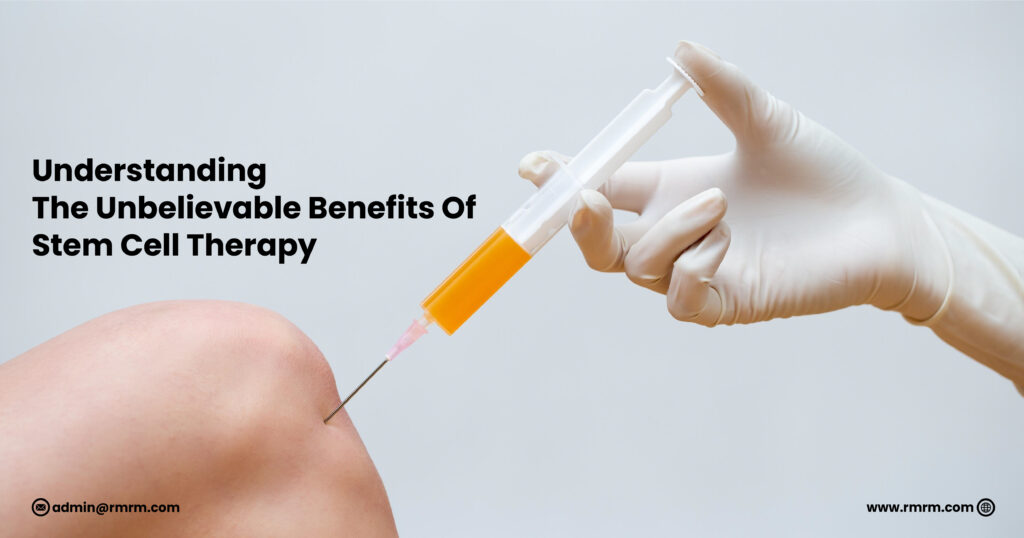The sacroiliac joint (SI joint) is a joint located in the pelvis between the sacrum (the bone at the bottom of the spine) and the ilium (the uppermost bone in the hip). It is a strong and stable joint that connects the spine to the pelvis and plays an important role in transferring weight and forces between the upper body and the legs.

A vital component of your body’s mechanics, it is responsible for transmitting forces between your upper and lower body. But when this joint becomes inflamed or damaged, it can cause debilitating pain and discomfort. Some common symptoms of SI joint dysfunction include:
- Pain in the lower back or buttocks that may radiate down the leg
- Stiffness or aching in the lower back or hip
- Difficulty standing up or sitting down due to pain
- Pain when walking or running
- Pain during or after sexual intercourse
- Difficulty sleeping due to pain
How might your SI joint become inflamed? Common causes include trauma from a fall, motor vehicle accident, sports injury, osteoarthritis, rheumatoid arthritis, pregnancy and childbirth, overuse, repetitive strain, or some combination of stress on the joint.
Traditional therapies may provide temporary relief, but they do not address the root cause of the problem. Some common treatment options include: rest and ice, physical therapy, medications such as NSAID’s and pain relievers, steroid injections, and in rare cases surgery is required to stabilize or fuse the joint.
Steroid injections are a common traditional approach, and may provide temporary relief for back pain. It is important for patients to be aware of and weigh the potential side effects and risks to benefits before undergoing this treatment.
The most common side effects of steroid injections:
- Weight gain
- Mood swings
- Insomnia
- Increased blood sugar levels
- Weakened bones and cartilage
- Increased risk of infection
- Impaired immune function
- Delayed healing
These side effects can be particularly concerning for people with pre-existing conditions such as diabetes, osteoporosis, or cancer.
Surgical procedures for sacroiliac joint (SI joint) dysfunction are typically reserved for cases where conservative treatments have failed to provide relief. The two main surgical procedures for SI joint dysfunction are SI joint fusion and denervation. Here are some details on each procedure:
- SI joint fusion: involves permanently fusing the SI joint using screws and rods to stabilize the joint and prevent movement. The procedure is typically performed through a small incision in the lower back and takes several hours to complete. Risks associated with SI joint fusion surgery include infection, nerve damage, and hardware failure. Recovery time typically takes several weeks to several months, depending on the extent of the surgery and the patient’s overall health.
- Denervation: involves using heat or cold energy to temporarily disable the nerves that transmit pain signals from the SI joint to the brain. The procedure is typically performed under local anesthesia and takes less than an hour to complete. Risks associated with denervation include infection, nerve damage, and incomplete pain relief. Recovery time for denervation surgery is typically shorter than SI joint fusion surgery, with most patients able to return to normal activities within a few days to a week.
Here’s a secret that you might not know, your doctor may not know – but there are cutting edge treatment options that use your body’s own biology to heal itself. RMRM offers alternatives to traditional treatments with regenerative therapies that have proven to be highly effective, minimally invasive, have minimal downtime and side effects, and can be performed in a doctor’s office.
The RMRM solution…
The providers at RMRM have treated countless patients with back pain with prolozone therapy, shockwave therapy, exosome injections, and stem cell therapy after the traditional interventions fail. The most robust treatment we offer is Stem Cell Therapy for back pain. This therapy involves harvesting your own stem cells from your adipose (fat) cells, processing them, and injecting them into the joint. This non-invasive treatment is considered safe with minimal side effects, and minimal downtime or restrictions. The mesenchymal stem cells are harvested from your own adipose tissue through a liposuction procedure. The stem cells are then isolated and reinjected into the damaged tissue with precision under ultrasound or fluoroscopy guidance.
Stem cells have been shown by research and our real life clients to repair damaged joint tissue, reduce inflammation, and regenerate weak spinal joint spaces. Stem cells secrete growth factors that promote tissue repair, regeneration, and decrease inflammation. By injecting stem cells into the joint, it is possible to stimulate the body’s natural repair mechanisms and promote healing.
At RMRM, we want to help you heal your SI joint pain and strengthen the muscles that support your spine. Regenerative therapies can help you get back to the things you love with those who matter most.



